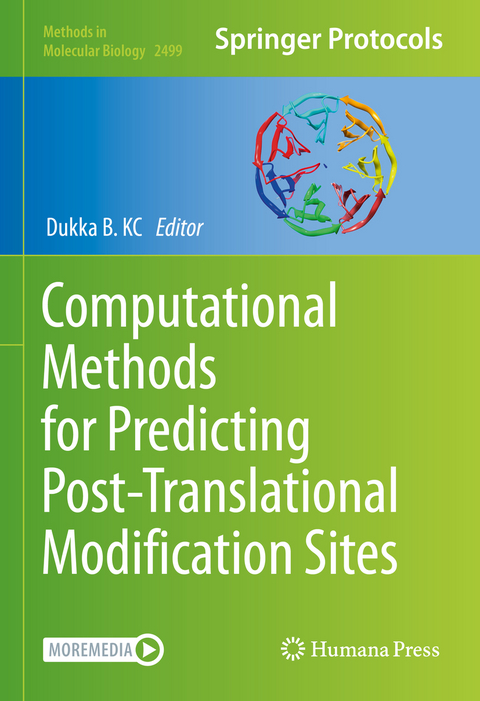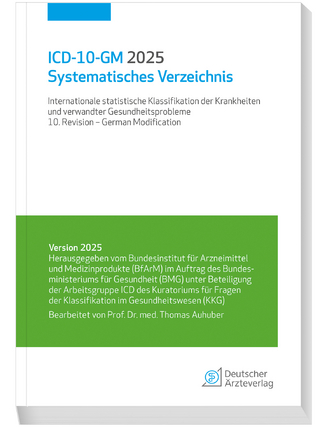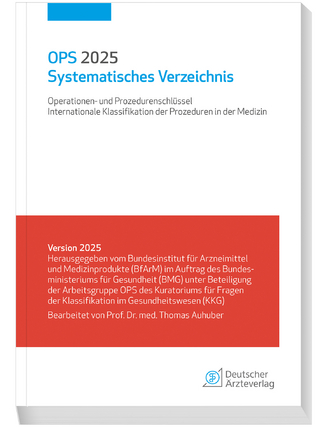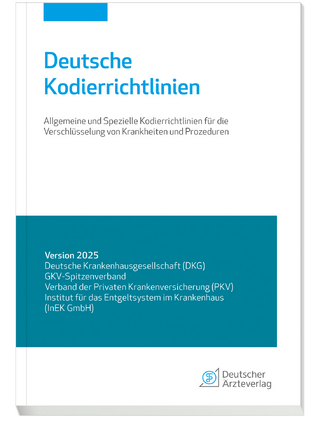
Computational Methods for Predicting Post-Translational Modification Sites
Springer-Verlag New York Inc.
978-1-0716-2316-9 (ISBN)
Authoritative and cutting-edge, Authoritative and cutting-edge, Computational Methods for Predicting Post-Translational Modification Sites aims to be a useful guide for researchers who are interested in the field of PTM site prediction.
Maximizing Depth of PTM Coverage: Generating Robust MS Datasets for Computational Prediction Modeling.- PLDMS: Phosphopeptide Library Dephosphorylation followed by Mass Spectrometry Analysis to Determine the Specificity of Phosphatases for Dephosphorylation Site Sequences.- FEPS: A tool for Feature Extraction from Protein Sequence.- A pre-trained ELECTRA model for Kinase-specific Phosphorylation Site Prediction.- iProtGly-SS: A Tool to Accurately Predict Protein Glycation Site Using structural-based Features.- Functions of Glycosylation and Related Web Resources for its Prediction.- Analysis of Post-Translational Modifications in Arabidopsis Proteins and Metabolic Pathways using the FAT-PTM Database.- Bioinformatic Analyses of Peroxiredoxins and RF-Prx: A RANDOM FOREST-BASED PREDICTOR and classifier for Prxs.- Computational prediction of N- and O-linked glycosylation sites for human and mouse proteins.- iPTMnet RESTful API for Post-Translational Modification Network Analysis.- Systematic Characterization of Lysine Post-Translational Modification Sites using MUscADEL.- Enhancing the Discovery of Functional Post-Translational Modification Sites with Machine Learning Models – Development, Validation, and Interpretation.- Exploration of Protein Post-Translational Modification Landscape and Crosstalk with CrossTalkMapper.- PTM-X: Prediction of Post-Translational Modification Crosstalk Within and Across Proteins.- Deep Learning-Based Advances In Protein Post-Translational Modification Site And Protein Cleavage Prediction.
| Erscheinungsdatum | 27.06.2022 |
|---|---|
| Reihe/Serie | Methods in Molecular Biology ; 2499 |
| Zusatzinfo | 60 Illustrations, color; 6 Illustrations, black and white; XVII, 326 p. 66 illus., 60 illus. in color. |
| Verlagsort | New York, NY |
| Sprache | englisch |
| Maße | 178 x 254 mm |
| Themenwelt | Informatik ► Weitere Themen ► Bioinformatik |
| Naturwissenschaften ► Biologie ► Genetik / Molekularbiologie | |
| Schlagworte | dbPAF • PhosAt • phosphosite prediction • RF-Chlamy • site prediction |
| ISBN-10 | 1-0716-2316-8 / 1071623168 |
| ISBN-13 | 978-1-0716-2316-9 / 9781071623169 |
| Zustand | Neuware |
| Informationen gemäß Produktsicherheitsverordnung (GPSR) | |
| Haben Sie eine Frage zum Produkt? |
aus dem Bereich


